
It is time I picked up the thread of my series on art inspired by real existing space exploration. The first moon landing was an obvious hiatus – it also marked the end of the Space Race proper.
Relations between the two main competitors, the USSR and USA, became more collaborative – culminating eventually in the setting up of the International Space Station, which is operated jointly by five national space agencies: Nasa and the Russian Roscosmos – which succeeded the USSR space agency after the collapse of the Soviet Union – as well as the European Space Agency ESA, Japan’s JAXA, and the Canadian Space Agency CSA.
The ISS is not the first artificial satellite to accommodate astronauts and scientists on a permanent basis. After losing the race to the moon, the USSR decided to focus on orbital space stations, and launched the first such station, Salyut 1, in 1971. The USA followed suit in 1973 with Skylab.
In 1986, the Soviet Union launched Mir, the first orbital station that was continuously occupied. It also was the first modular space station, meaning elements could be, and were, added between 1986 and 1996. The station survived the collapse of the Soviet Union – ownership passed to Russia – but eventually it was de-orbited and burnt up during a controlled re-entry into Earth’s atmosphere. It had been the largest artificial satellite in existence, until it was surpassed by its successor, the International Space Station.
Scientific research conducted aboard the ISS includes the long-term effects of non-gravity, on humans and other lifeforms, as well as on chemical and physical processes. The station also serves as a base to test spacecraft for longer missions, say to the Moon, or to Mars. Being free of the visual distraction of Earth’s atmosphere, it allows us to peer deeper into space, and it is ideally placed to observe Earth and its weather.
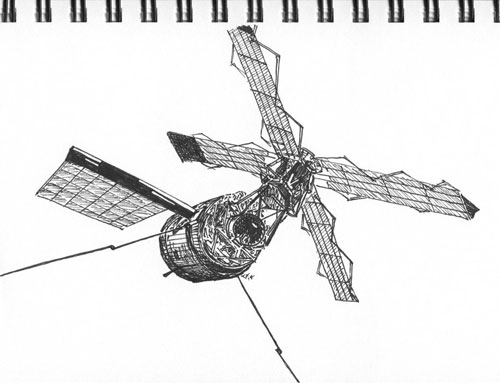
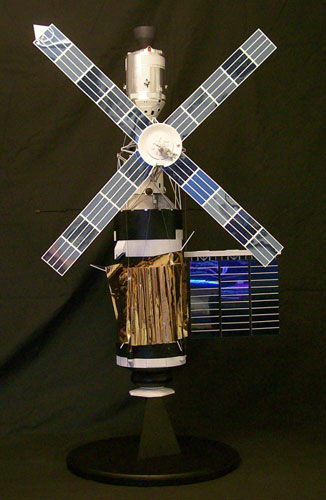
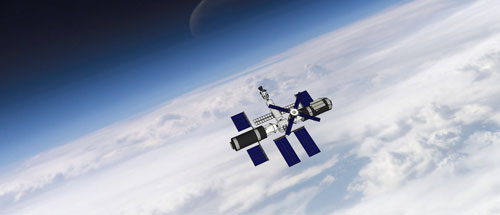
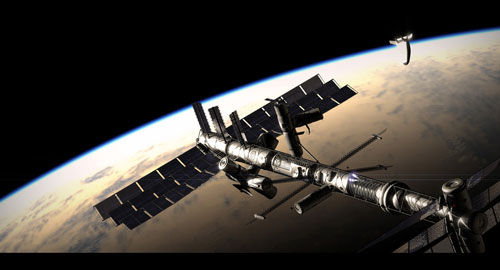
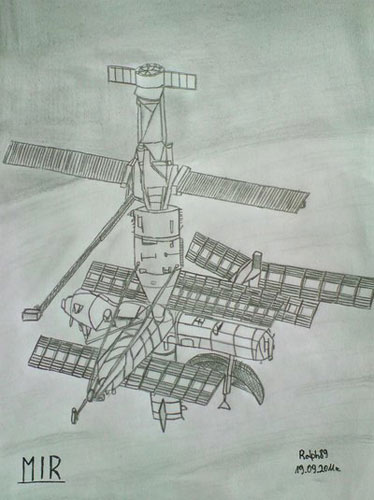
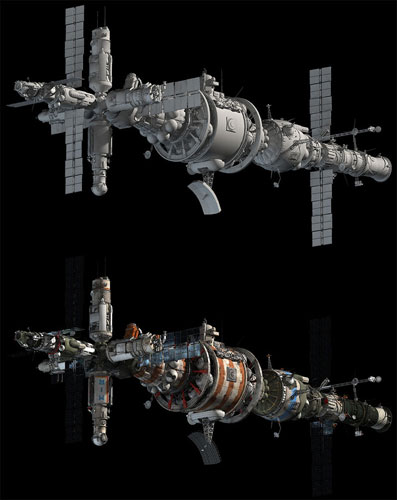
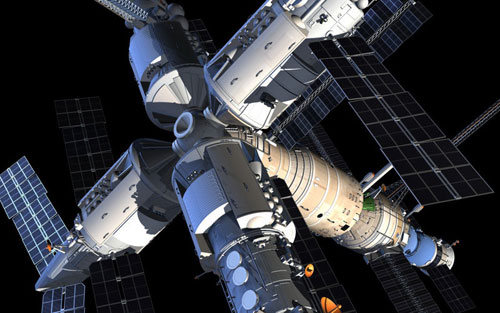
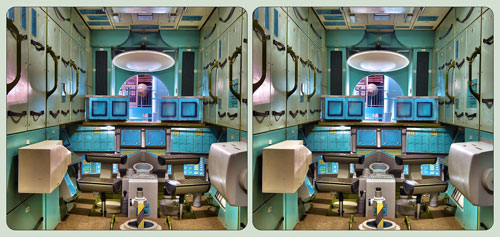
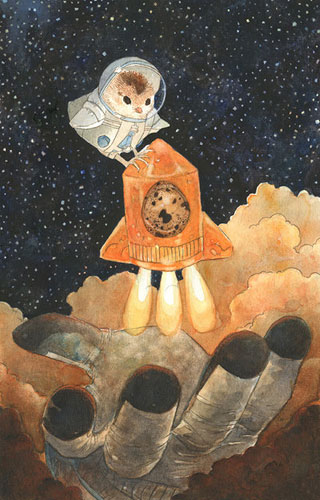
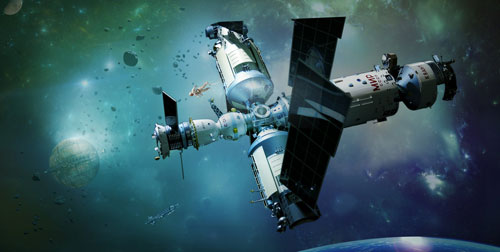
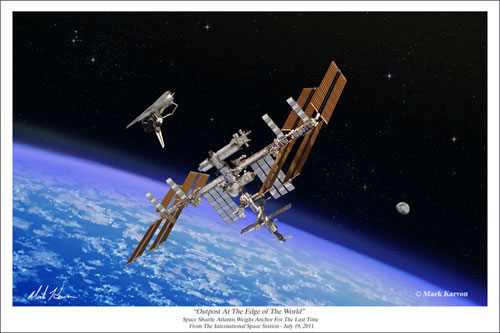
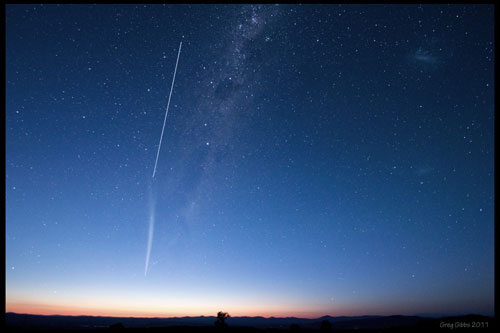
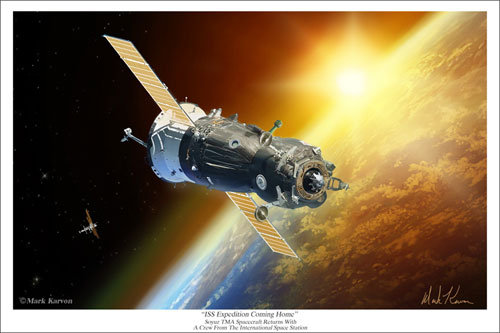
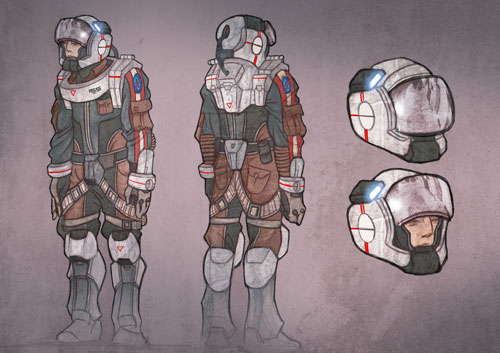
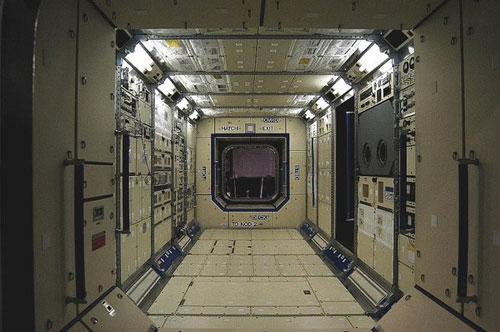
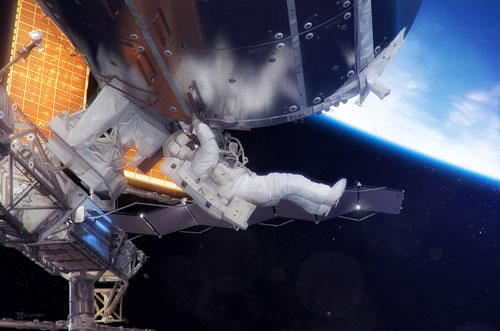
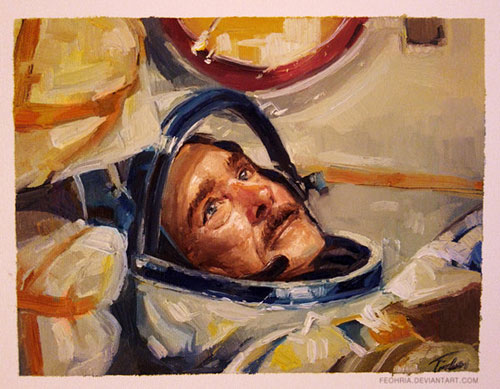
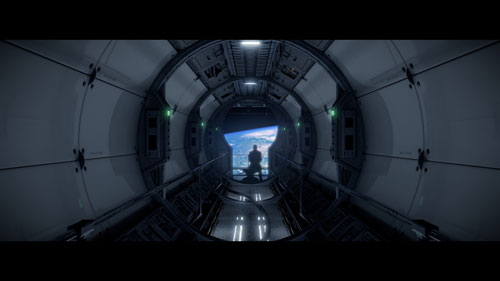
All images are copyright the respective artists, and may not be reproduced without permission.




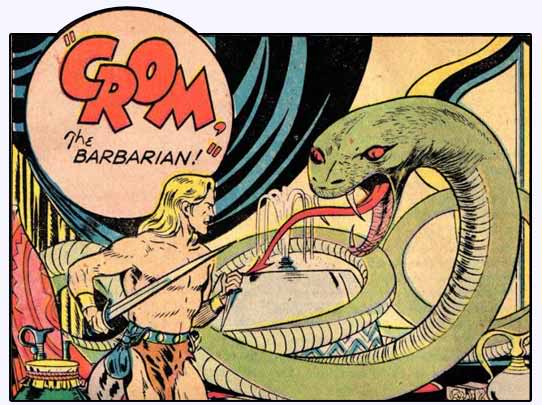
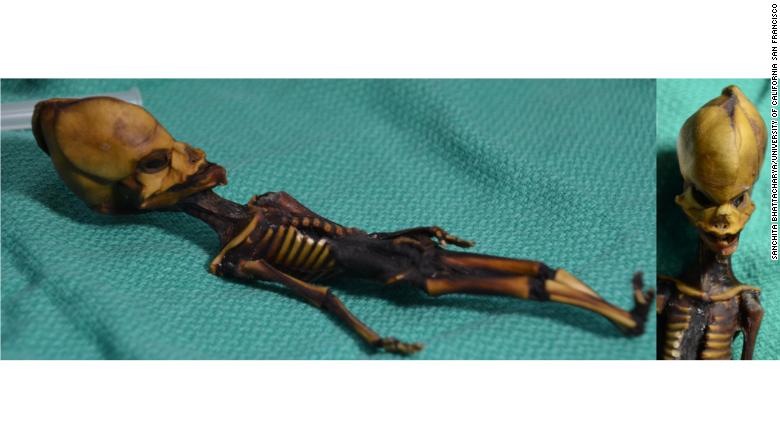


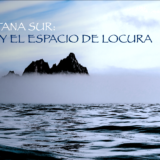


Recent Comments